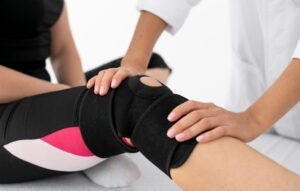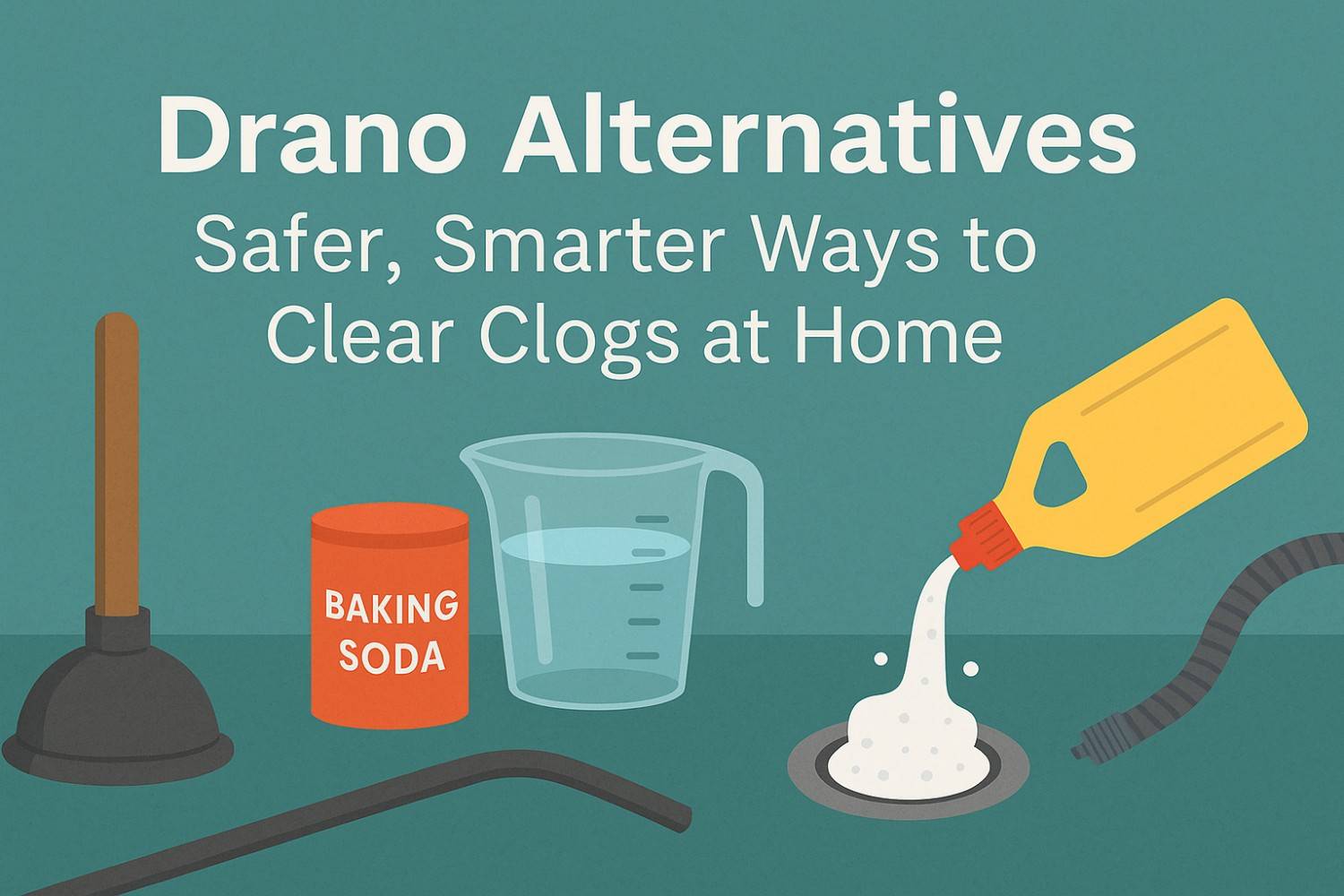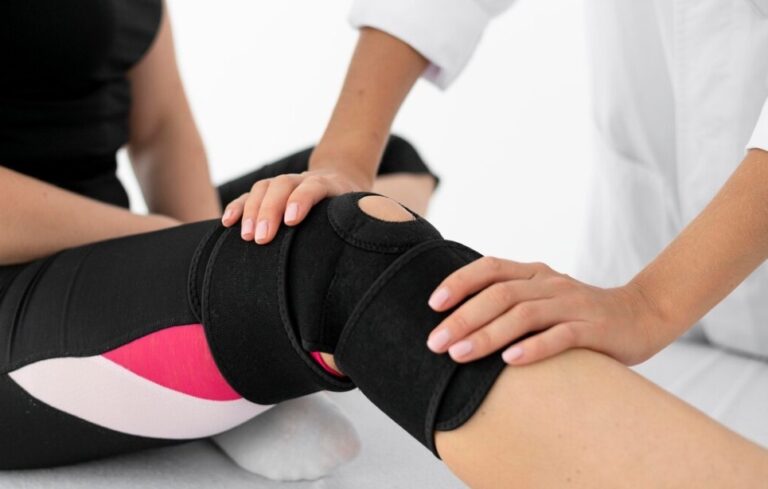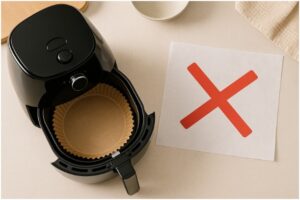When a sink, tub, or shower starts draining slowly, many homeowners reach for a bottle of Drano. But before you pour corrosive chemicals down your plumbing, it’s worth exploring effective Drano alternatives. These include non-corrosive household methods, mechanical tools, and enzyme-based formulas—options that are much less likely to damage pipes or the environment.
Modern plumbing advice increasingly emphasises that instead of relying solely on harsh chemical cleaners, you can often resolve clogs with safer strategies that maintain your drains and protect your home. Below, we’ll walk through why you might skip the chemical route, and then show you practical, pipe-friendly alternatives that work.
Why avoid traditional chemical drain cleaners?
Chemical drain cleaners often contain very strong alkalis or acids, which can generate heat, corrode older plumbing, damage finishes, and pose risk to skin or eyes if splashed. Because of these hazards, safer alternatives are recommended—particularly when you have accessible mechanical options or mild blockages. Enzyme-based and mechanical methods offer effective clearing with far less risk to your plumbing.
Household Remedies for Light Clogs
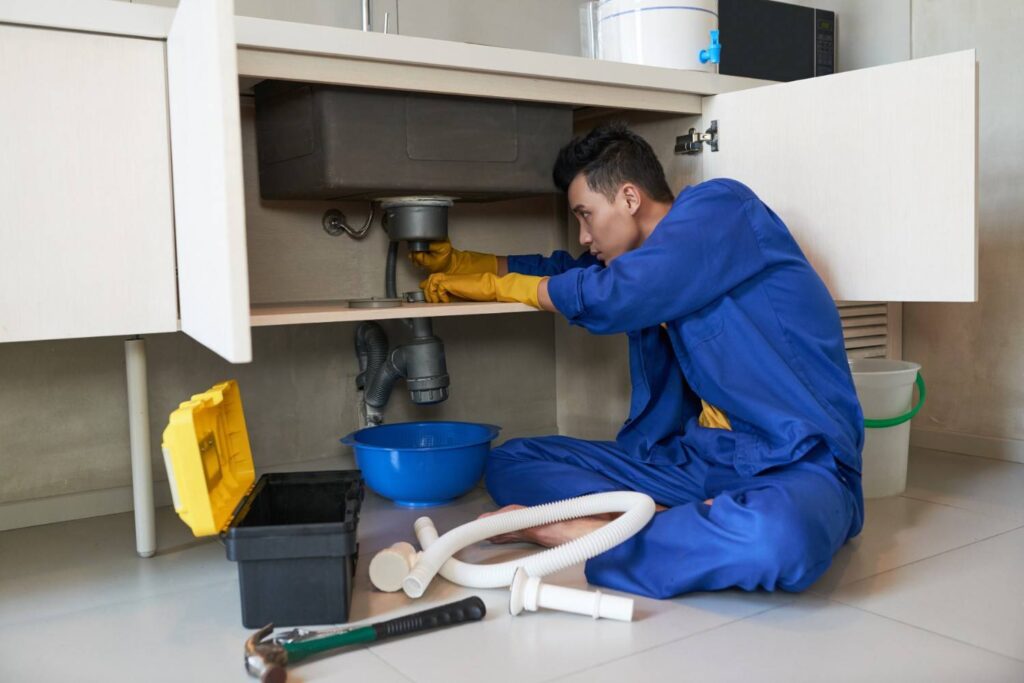
Simple at-home fixes before calling in heavy artillery
When your clog is minor—caused by soap scum, hair, or grease—there are several straightforward at-home approaches that are much gentler than chemical cleaners:
- Boiling water + dish soap: For a grease- or soap-film build-up in a kitchen drain, pour half a cup of standard dish soap, then follow with very hot (but not always fully boiling) water in two or three stages. This can help melt and wash away light clogs.
- Baking soda and vinegar: Pour ½ cup of baking soda into the drain, then one cup of white vinegar. Let it fizz for 15 minutes to an hour, then flush with hot water. This can work for small slow-downs though it’s less effective for deep or heavy clogs.
- Salt + baking soda + hot water: For heavier buildup (grease, soap film, hair residue) combine ½ cup salt and ½ cup baking soda, pour it down the drain, let it sit ~30 minutes, then flush with hot water. This mix provides a mild abrasive effect and helps break down film. (Adapted from common home-remedy advice.)
These methods are accessible and environmentally gentler. That said, they’re best suited for superficial clogs—not deep sewer blockages.
Mechanical Tools for Real Results
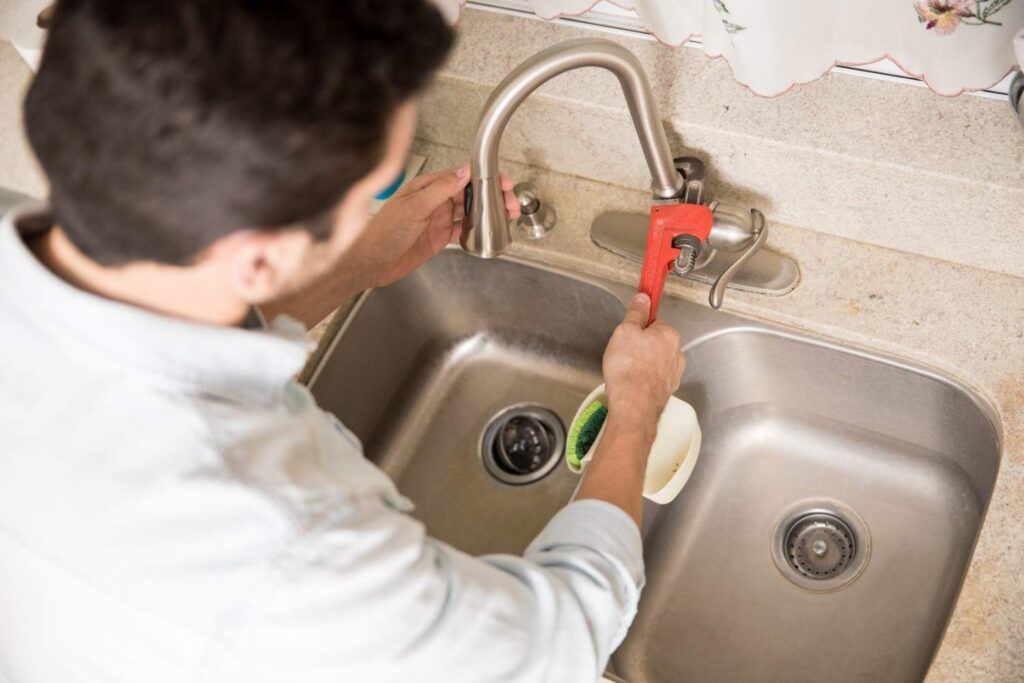
When you need a more direct fix
When a clog resists simple remedies, it’s time to use tools that physically remove the obstruction rather than relying solely on chemistry.
- Plunger: Whether for a sink or tub, ensure the cup is fully covered by water, seal the overflow if present (a wet rag helps), and plunge vigorously for 30–60 seconds. This suction method often dislodges hair, soap and minor debris.
- Drain snake / auger: A flexible cable or plastic strip that you feed into the drain to pull out hair, soap scum and solid obstructions. Highly effective on bathroom clogs where hair collects.
- Hydro-jetting (professional): For deep or recurring clogs—such as in main lines or with tree-root intrusion—professionals use high-pressure water to clear pipes safely. This is why mechanical methods are better than chemical for serious blockages.
Enzyme-Based and Biological Cleaners
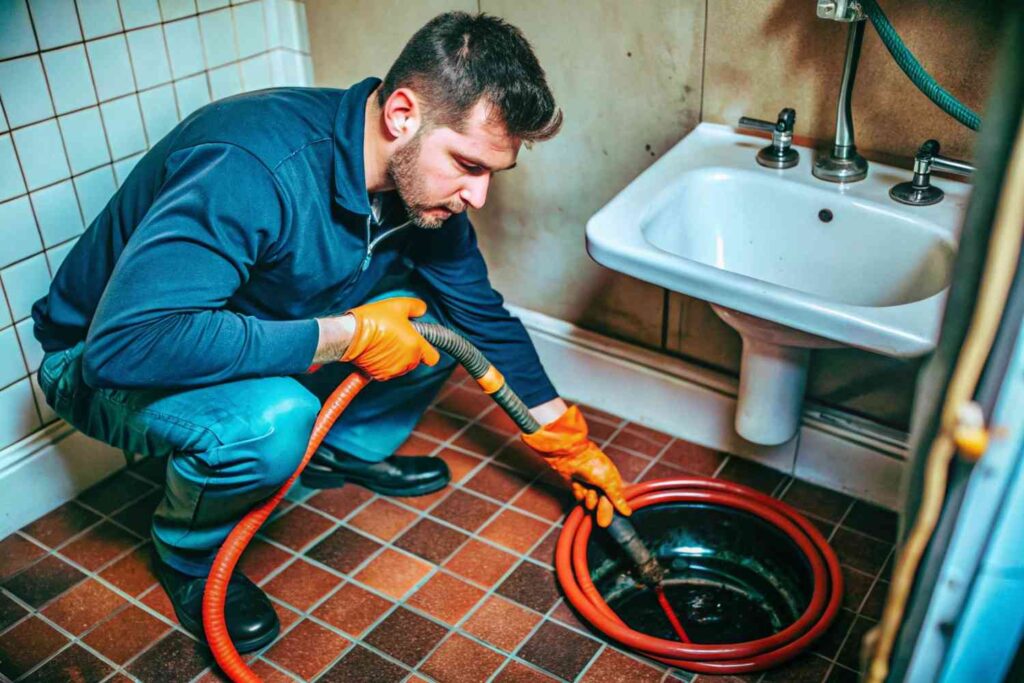
A gentler chemical alternative to Drano
If you prefer a chemical cleaner but want gentler, pipe-safe options, enzyme-based formulas are a great middle ground. These products use naturally occurring bacteria and enzymes to digest organic matter—hair, grease, soap residue—rather than burning it away with caustic chemicals. They are often safe for older plumbing and septic systems, though they work more slowly (typically overnight).
Look for labels such as “septic‐safe,” “biological drain cleaner,” or “enzyme formula,” and avoid products listing words like “caustic,” “acidic,” or “sulphuric.”
While mechanical removal should still be the first step, enzyme cleaners are a smart follow-up or maintenance option.
How to Decide Which Method to Use
A quick decision tree
- If the drain is only slow-draining, try one of the household remedies first (hot water/dish soap or baking-soda/vinegar).
- If the sink or tub is blocked or draining very slowly, move to mechanical tools (plunger or snake).
- If you’ve used mechanical tools but the clog returns or multiple fixtures are involved, consider enzyme-based cleaners—or call in a pro if the problem appears deeper.
- Avoid immediate use of harsh chemical drain cleaners unless you’ve exhausted the gentler routes and you’re confident your system can handle it.
Frequently Asked Questions
1. What’s the fastest way to unclog a bathroom sink without using Drano?
Place enough water in the basin to cover the plunger cup, seal the overflow, plunge vigorously for 30–60 seconds, and if that doesn’t work, use a hand-snake or barbed hair tool to pull out the obstruction. Mechanical tools tend to work faster and safer than dumping chemicals.
2. Are enzyme-based cleaners safe for old pipes or septic systems?
Yes. Because they work by digesting organic waste instead of burning it away, they’re much gentler on pipes, joints and septic systems. They’re ideal for maintenance or organic clogs (hair, soap residue) but not for metal obstructions or non-organic blockages.
3. Does the baking soda and vinegar method really unclog drains?
It can help with light film or buildup (soap, grease) but it’s generally not sufficient for major clogs (hair ball, pipe collapse, main-line issues). Many plumbing professionals consider it a maintenance trick rather than a full‐solution.
4. When should I stop trying DIY and call a plumber?
If multiple fixtures are draining slowly, if you see gurgling or sewer-smell backup, if the same drain backs up repeatedly, or if mechanical methods don’t improve flow—these are signs the blockage is deep or complex (roots, collapsed pipe). Time to call a licensed plumber.
Conclusion: Choose Better Drano Alternatives for Long-Term Drain Health
When it comes to choosing smarter, safer Drano alternatives, the best plan is mechanical removal first, enzyme/biological cleaners next, and harsh chemicals only as a last resort. By using plungers, drain snakes, and strategic at-home remedies for lighter blockages—and switching to enzyme-based formulas for maintenance—you protect your plumbing, your finishes and your indoor air. Putting that plan into action keeps your drains flowing, prevents future issues and ensures you’re not relying on corrosive chemicals.

